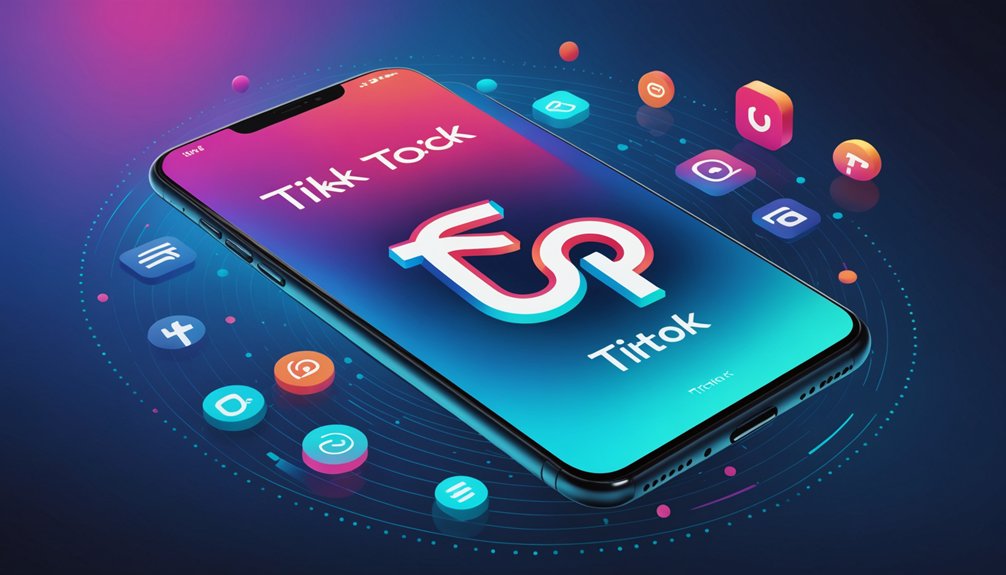Interactive content dramatically outperforms static alternatives. Quizzes boast a staggering 96% completion rate, while interactive videos engage viewers 591% more than passive content. Consider implementing surveys, polls, interactive infographics, calculators, or recommendation tools. “Choose your own adventure” videos and live streams let viewers influence content in real-time. Tools like Quiz Maker, Survey Monkey, and Ion make creation straightforward. Modern marketers aren’t just using these formats—they’re seeing real results. The numbers don’t lie.

While traditional content merely sits on a screen waiting to be consumed, interactive content grabs users by the eyeballs and refuses to let go. It’s not just pretty bells and whistles—it’s content that delivers results. Interactive elements extend user time on websites by up to 50%, and a whopping 93% of marketers agree this stuff actually works for engaging consumers. The math is simple: more engagement equals more business.
Quizzes are the undisputed kings of interactive content. BuzzFeed proved this years ago, and marketers have been riding the quiz train ever since. Sponsored quizzes boast 96% completion rates. That’s not a typo. People actually finish these things. And quiz content can boost click-through rates by up to five times compared to static alternatives. Not bad for something most people create just to procrastinate. Modern AI tools enable dynamic personalization of quiz content based on user behavior and preferences.
The humble quiz: procrastination’s gift to marketing, delivering 96% completion rates when nothing else keeps users around.
Beyond quizzes, there’s a whole playground of interactive options. Surveys and polls get people involved. Interactive infographics make boring data suddenly interesting. Calculators and recommendation tools give users personalized results—and everyone loves feeling special. Social media posts featuring interactive elements receive four times more interactions than their boring counterparts. These tools are particularly effective at capturing visitor data while providing value to users in exchange. Tools like Sprinklr AI revolutionize content creation and customer engagement across social platforms.
Interactive videos are changing the game too. Remember those “choose your own adventure” books? Same concept, but cooler. Studies show viewers are 591% more engaged when they can interact with video content rather than passively watching. Interactive eBooks, podcasts with built-in quizzes, and presentations with clickable elements all transform passive consumption into active participation. Live streams where viewers can influence content in real-time? Pure engagement gold.
The tools to create this stuff are everywhere. Quiz Maker, Survey Monkey, Ion, Storyly, Rock Content—pick your poison. The investment pays off: 65% of marketers report improved ROI from interactive content, and 70% of executives see significant sales growth from it.
Let’s be real. In today’s attention economy, static content is basically a digital paperweight. Interactive content doesn’t just perform better—it doubles your chances of attracting new customers. In a world of endless scrolling, it makes people actually stop. And engage. And remember.
Frequently Asked Questions
How Much Does It Cost to Implement Interactive Content?
Interactive content costs vary wildly.
Basic quizzes might set you back a few hundred bucks, while complex AR apps can cost thousands. Monthly content marketing services? $2,500 to $10,000.
Using platforms like Ceros can slash production costs by 80% and save time.
Don’t forget ongoing expenses either – promotion runs $23-149 per hour. Technical stuff adds up too: specialized equipment, software licenses, professional expertise.
The fancier you go, the more you’ll pay. Simple as that.
What Metrics Track Interactive Content Success Effectively?
Tracking interactive content success requires multiple metrics.
CTR shows if people click on elements. Bounce rate reveals if visitors bail immediately. Time spent matters—longer equals better. Lead capture rate tracks form completions. Conversion rates tie it all to actual business results. Social shares indicate audience approval. Heatmaps visualize where users actually engage.
Companies need this data cocktail to see what’s working. No single metric tells the whole story. It’s a numbers game.
How Long Does Creating Good Interactive Content Take?
Creating good interactive content? It depends.
Simple polls might take a day, while complex AR experiences can stretch to months. The timeline fluctuates wildly.
Stats show complexity level matters most. Quizzes take longer than polls. Period.
Existing materials help—repurposing saves time. Obviously.
Team collaboration speeds things up. So does having the right tools.
Testing adds time but guarantees quality. Can’t skip that step.
Bottom line: anywhere from hours to months. Plan accordingly.
Can Small Businesses Benefit From Interactive Content Strategies?
Small businesses absolutely benefit from interactive content. The stats don’t lie. They’re seeing 94% higher engagement rates and longer viewing durations—13 minutes versus a measly 8.5 for static content. Pretty impressive.
Interactive elements create real conversations with customers, not just one-way marketing blather.
Plus, it’s surprisingly affordable. No massive marketing budget? No problem. Start small, get big results.
And hey, when customers actually remember your brand afterward, that’s what really matters.
What Technical Skills Are Needed for Interactive Content Development?
Developing interactive content isn’t for the tech-faint-hearted. Proficiency in HTML, CSS, and JavaScript forms the foundation. Period.
Authoring tools like Articulate Storyline and Adobe Captivate? Essential. Multimedia integration skills are non-negotiable – someone’s gotta make those videos and animations work seamlessly.
LMS knowledge helps with deployment. Graphic design abilities? Critical for visual appeal.
The tech landscape keeps changing, though. What’s cutting-edge today is ancient history tomorrow. Brutal but true.




